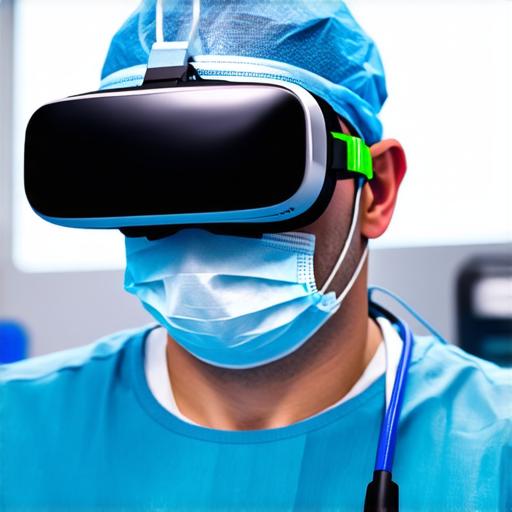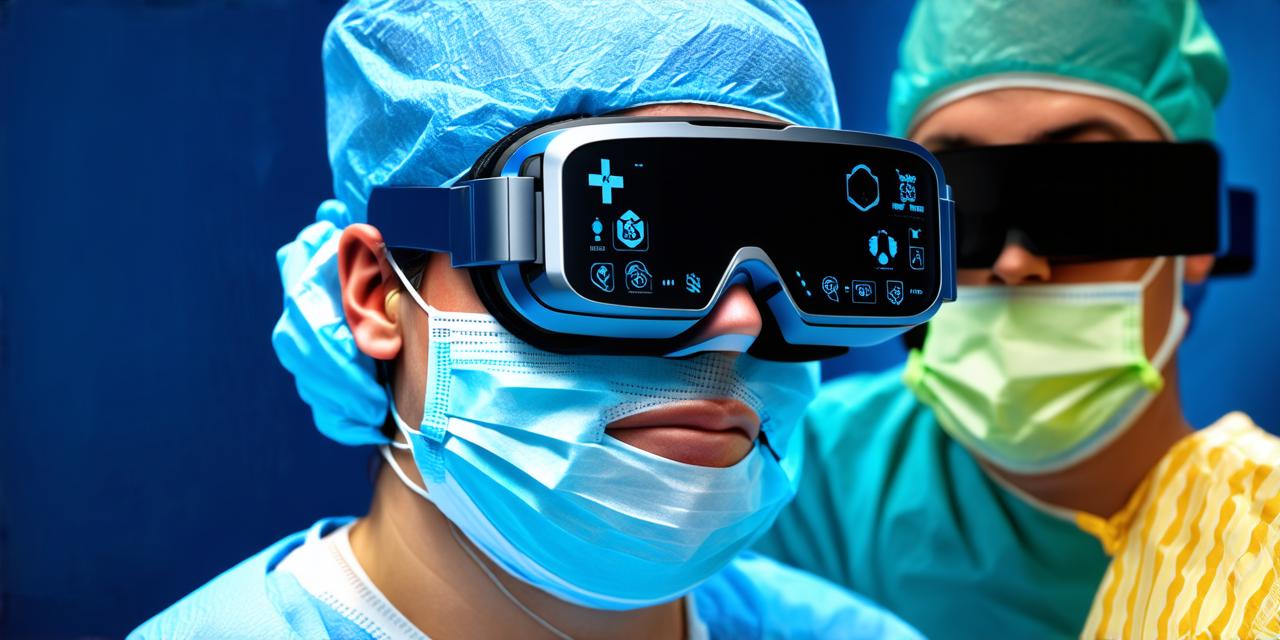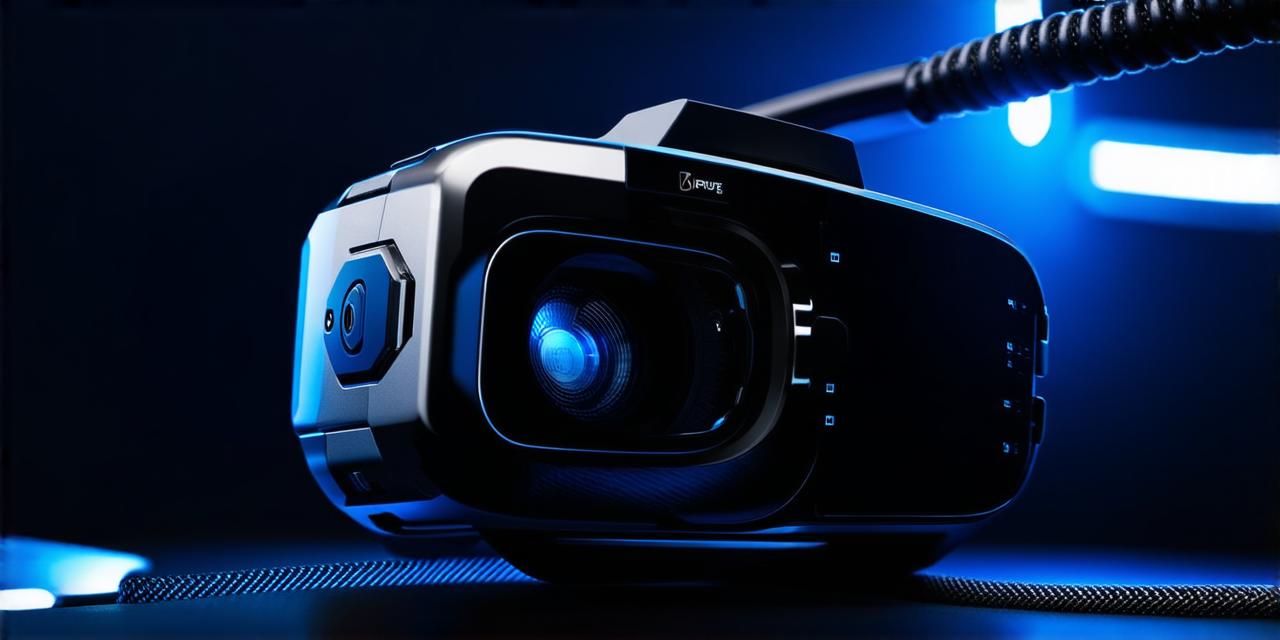The Benefits of VR in Surgery

Virtual reality has been shown to provide numerous benefits in surgery, including improved visualization, enhanced precision, and reduced risk of complications. For example, surgeons can use VR technology to view detailed 3D models of a patient’s anatomy, which can help them identify potential issues before the surgical procedure begins. Additionally, VR technology can provide real-time feedback on the surgeon’s movements, allowing for more precise incisions and reducing the likelihood of damaging surrounding tissue.
Case Studies: Real-Life Examples of VR in Surgery
There are numerous examples of how VR technology is being used in surgery. One such example is the use of VR goggles during robotic surgery. In this type of surgery, surgeons use a robotic arm to perform delicate incisions and procedures. By wearing specialized VR goggles, surgeons can view a 3D model of the patient’s anatomy, which can help them make more precise movements and reduce the risk of complications.
Another example is the use of VR technology during spinal surgery. In this field, surgeons use specialized goggles to view a 3D model of the spine, which can help them identify areas of damage or abnormality. This enhanced visualization can lead to more precise treatments and better outcomes for patients.
How AR Developers are Transforming the Medical Field
AR developers are playing a critical role in transforming the medical field by creating innovative VR solutions that enhance patient outcomes and improve surgical precision. These developers are using their expertise in virtual reality technology to create specialized goggles and other devices that can be used during surgical procedures.
One example of how AR developers are transforming the medical field is the development of haptic feedback technology. This technology allows surgeons to feel the sensation of touch through a VR device, which can help them make more precise movements during surgery. Haptic feedback technology has the potential to revolutionize the way surgical procedures are performed and could lead to better outcomes for patients.
Another example is the development of VR training programs for surgeons. These programs allow surgeons to practice their skills in a virtual environment, which can help them improve their precision and reduce the risk of complications during real-life surgeries. AR developers are also working on developing more advanced VR training programs that incorporate real-time feedback on surgical movements, which can further enhance surgical precision.
The Future of VR in Surgery
The future of VR technology in surgery is bright, and its potential applications are endless. As AR developers continue to create innovative VR solutions, we can expect to see more surgeons using these technologies during their procedures. This could lead to improved patient outcomes, reduced risk of complications, and more precise surgical procedures.
One area where we may see significant advancements in VR technology is the development of more sophisticated VR training programs. These programs could incorporate real-time feedback on surgical movements, as well as advanced machine learning algorithms that can adapt to each surgeon’s individual needs and strengths. This would allow surgeons to receive personalized training that is tailored to their specific skill level and style.
Another area where we may see advancements is the development of more advanced haptic feedback technology. This technology could allow surgeons to feel even more realistic sensations through their VR device, which could further enhance surgical precision and reduce the risk of complications.
Summary
Virtual reality (VR) technology has been rapidly advancing over the past few years, and its potential applications in various fields have been widely explored. One such field is surgery, where specialized virtual reality goggles are being used to merge various images during surgical procedures. In this article, we will explore how AR developers are transforming the medical field by creating innovative VR solutions that enhance patient outcomes and improve surgical precision.




